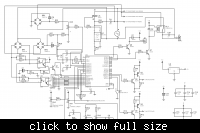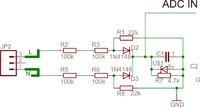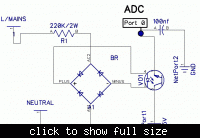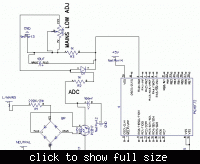pnjbtr
Full Member level 5
If you are going to start a new inverter,please note that your inverter should have a buzzer in it.
Buzzer and low bat led will on at 10.5v of battery till 10 volts.
At 10 volt stop oscillator at ics pins.
Or start buzzer and low bat led at 10.5v for one minute.
One minute is enough for computer user to save and exit from his programe.
In case of overloading toggle buzzer and over load led at 80% load.
Buzzer and low bat led will on at 10.5v of battery till 10 volts.
At 10 volt stop oscillator at ics pins.
Or start buzzer and low bat led at 10.5v for one minute.
One minute is enough for computer user to save and exit from his programe.
In case of overloading toggle buzzer and over load led at 80% load.



